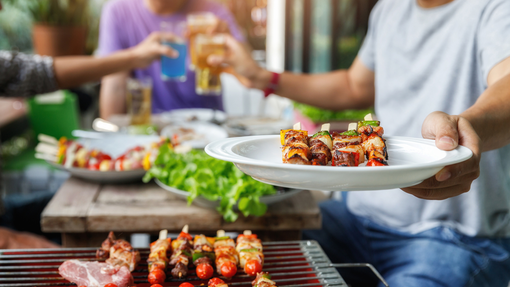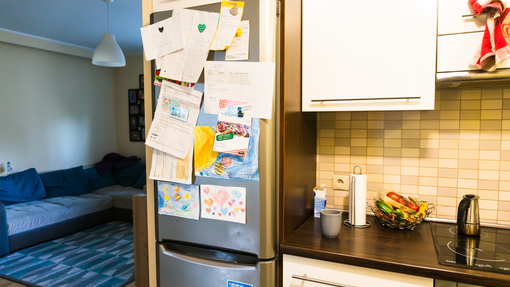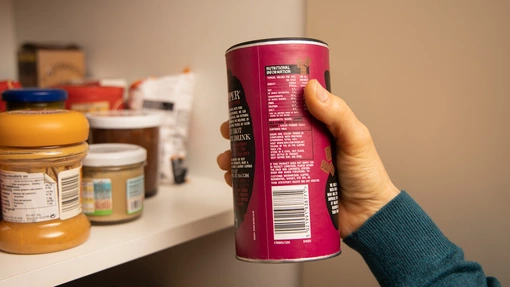
Seven ways to keep the food in your fridge fresher for longer
Check your fridge is cool enough
Did you know that by adjusting your fridge temperature so that it’s between 0-5°C can keep your food fresher for longer? By up to three days longer than usual in fact! Checking your fridge is set to the right temperature is just one of the things you can do to maximise your fridge for food storage.
Many fridges have a temperature dial inside, but this doesn’t actually tell you the temperature. The dial in your fridge references the set level, which can vary between manufacturers.
Use our fridge temperature tool to learn how to check the temperature of your fridge.
Use a fridge thermometer
If you want to test how cold your fridge actually is, an easy way is to use a thermometer. For an accurate temperature reading, pop your thermometer into a glass of water and leave it in the fridge for a few hours. Try not to open the door as this can affect the reading. You can also use a specialist fridge thermometer, but if you don’t happen to have one lying around - a regular thermometer works just fine.
Shut the fridge door!
The temperature inside a fridge rises every time you open the door. It can also take hours to cool down again. So make sure you shut the door the next time you get your milk out to make a cuppa.
Don’t store your milk in the fridge door
As cold air sinks, you will find that the coldest spot in your fridge is at the bottom.
If you have foods that are more likely to expire, you should try to put them in this part of your fridge since it’s the area with a stable temperature.
True or false: we should keep milk in the fridge door?
False!
Although this is a really common habit, milk does not belong in the fridge door. The warmest areas in your fridge are the top shelves and the door. Just by safely storing your dairy items in the cooler parts of your fridge, you can help them last longer.
Store foods on the right shelves
Once you’ve achieved the ideal temperature, it’s time to arrange your food! Storing your food in the right place is the easiest way to stop it from spoiling too quickly. Once you become well acquainted with your fridge, you can start making simple changes to get the most out of your weekly shop.
The general rule of thumb is to keep fruits and veggies in the salad crisper drawer, right at the bottom. Meats, poultry and fish should be covered and put on the bottom shelf and ready-to-eat foods can be put on the middle and top shelf.
Don’t put hot food straight in the fridge
Cool cooked food at room temperature and place in the fridge within one to two hours. Not only will this help to prevent your fridge heating up, but it will also stop the growth of bacteria on your food.
Keep your food cool on the way home from the supermarket
The journey from the shops to your home can be really bad news for your fresh foods. Use a cool bag to keep chilled food cool on the way home from the shops. This will help to keep your food fresher for longer and regulate your fridge temperature.






